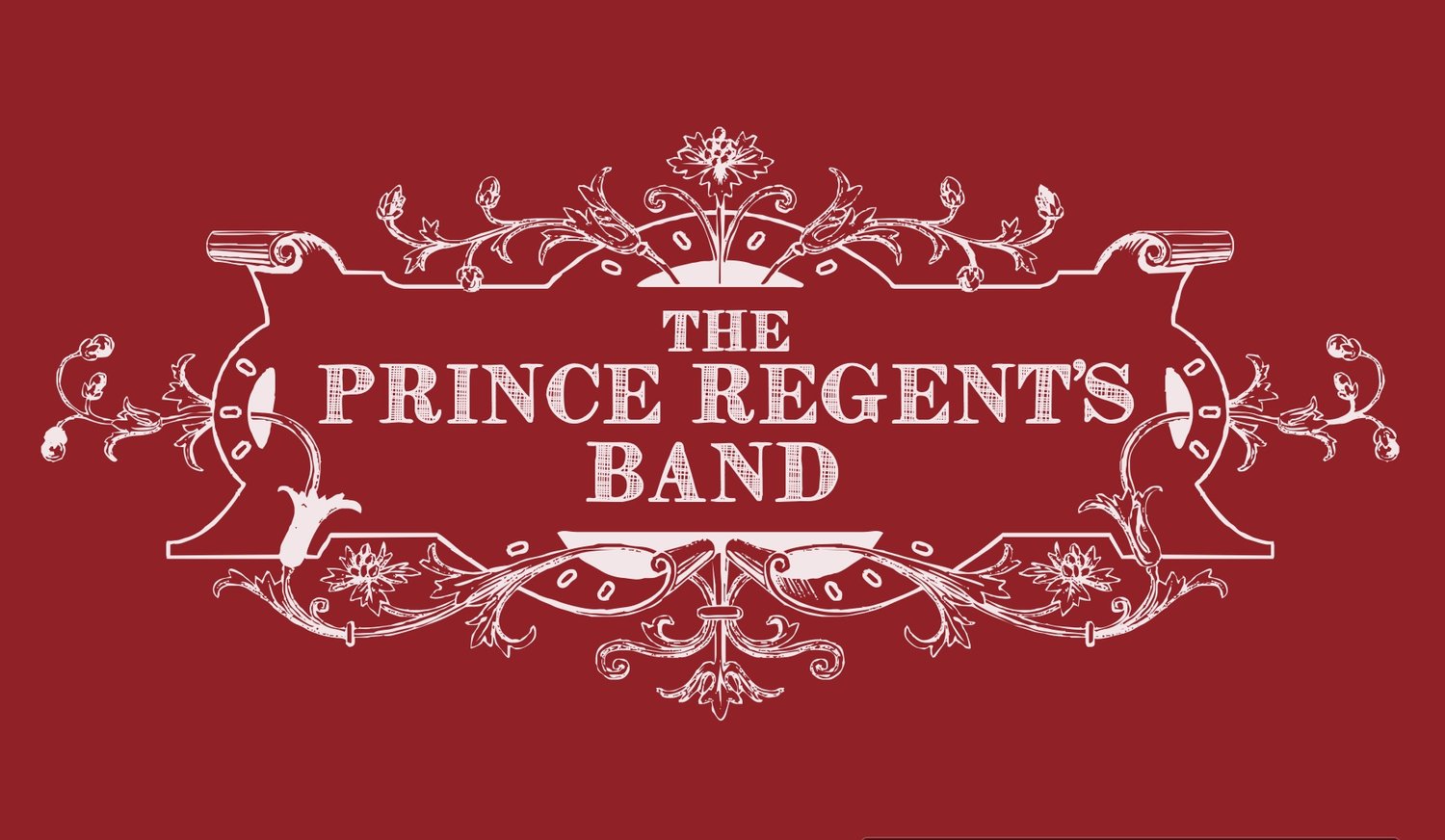"These artists use their splendid instruments (the saxhorns) with a most remarkable superiority; and I feel bound to testify that their execution really leaves nothing to be desired. An ensemble so perfect has never been heard.These five artists play as if they were but one man.To say how great, how profound was the impression which they produced upon the public, is an impossibility; during their entire concert, nothing like the slightest idea of criticism could enter the minds of their audience." Heinrich Marschner quoted in The Musical Gazette (vol. I, no. 14, pg. 107, Boston, August 3rd, 1846)
"Never have I heard wind instruments played with so much splendour, purity and precision; to add to this, that nothing equals the grandeur of their style – the astonishing ensemble which pervades their execution, is only to say, that the brilliant reception which they have met with has been more than justified by talent so truly remarkable." Giacomo Meyerbeer quoted in The Musical Gazette (ibid.)
During the mid-nineteenth century the Distin Family Quintet/Quartet blazed a trail across Europe and Northern America.This industrious ensemble performed countless concerts between its inception in Scotland in 1835 and founder John Distin’s retirement in 1857.This was a period during which brass playing and technology shifted from valveless “natural” instruments and keyed instruments to the new designs of valved brass.The Distin family was of seminal importance with regard to this shift in brass playing in the nineteenth century; their performances on the newly invented “saxhorns”, as well as their own endeavours in manufacturing instruments and publishing music and tutors for these new instruments, not to mention their involvement with amateur music making the length and breadth of the British Isles, did much to promote brass music and to cultivate the growing brass band movement.
The Distin Family by John William Gear (1806-1866). The New York Public Library Digital Collection.
The literal and metaphorical “father” of the ensemble was John Distin (1798–1863). Famed as a slide- trumpet and keyed bugle player, his career started as a member of the Grenadier Guards Band with whom, in 1815, just after the Battle of Waterloo, he had travelled to Paris. In 1820 John was appointed to the prestigious Household Band of King George IV (the ensemble previously known as The Prince Regent’s Band) and also to the King’s Private Band. In 1830, after the dismissal of the bands as a result of George IV’s death, John was appointed bandmaster at Taymouth Castle in Scotland, the seat of John Campbell, the second Marquis of Breadalbane. It was during his time in Scotland that the first outings of the formative Distin Family ensemble occurred.
Ann Matilda Loder had been born into a famous family of musicians and dancers. In 1816, separated from her first husband, the dancer Thomas Ridgeway, with whom she had five children, she began to style herself Mrs Distin. However it was only on the death of Ridgeway in 1829 that she and John were free to marry. The Distin boys, George Frederick (1817–1848), Henry John (1819–1903),William Alfred (1822–1879), and Theodore (1823–1893), were all trained as brass musicians and joined their parents on stage as “The Celebrated Distin Family”.
All of the Distin boys started on the natural horn; it is most likely that their father would have been their teacher, though Henry and William studied at the Royal Academy of Music for a short spell in 1834.Whilst Henry,William and Theodore continued on this instrument, the eldest son, George, changed to trombone, thus providing a bass instrument for the fledgling family ensemble, with John Distin taking the melody on slide trumpet or keyed bugle. The earliest performances by the family ensemble at Edinburgh’s Adelphi Theatre in 1835 were given to critical acclaim. Many reviews of these performances made much of John Distin’s pedigree as a famous trumpet and bugle player, as well as the prodigious virtuosity of the children, including the youngest child and sole daughter Louise Rose (1831–1908), whose singing prompted the Aberdeen Herald to comment that she “also gives much promise of future excellence...her pronunciation being remarkably distinct” (reported in The Musical World, vol.VI, no. LXVI, pg. 14, June 16th, 1837).
We perceive by the Inverness Courier that Mr. Distin, with his wife, four sons, and infant daughter, have been making a very successful professional tour through Aberdeen, Banff, Elgin, Forres, and Inverness. Although remarkably clever performers on the horn and trumpet, when we heard them (we allude to the little boys) they must have attained to a rare proficiency, when we find it stated in the above paper:“we may repeat what certainly the first musician of the north remarked upon the occasion – ‘taking into consideration the sort of instruments here used, this performance is certainly the greatest musical treat I ever witness, though I have been present at all kinds of concerts’. “ The Musical World (vol,VI, no. LXXII, pg. 106, July 28th, 1837)
ANNEKE SCOTT



